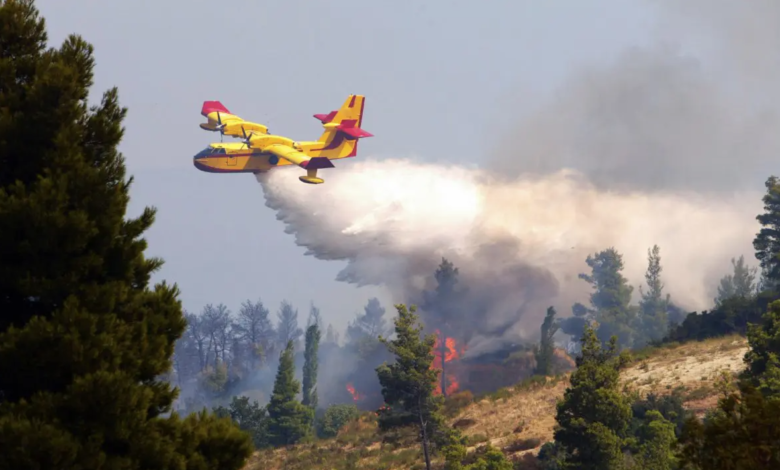Fire in Europe emissions record during the summer. And fires triple
EU Copernicus system data on greenhouse gases and particulates released from fires in Europe between June and August
(Sustainabilityenvironment.com) – Fires in Europe have been a record season in many respects. Also for emissions. Between 1 June and 31 August, pyres released 6.4 million tonnes of CO2, fine dust and other volatile organic compounds into the atmosphere. It is the highest level recorded since 2007, confirmed by data from Copernicus, the European satellite monitoring service. 2003 and 2005 were also better than this year.
Data reflecting the significant increase in fires in Europe. “The August heat wave that burned Western Europe, combined with prolonged drought conditions, has caused increased activity and the intensity of fires in the region in recent months,” notes Copernicus. In the summer months (from 4 June to 3 September) 508,260 hectares went up in smoke, more than double the average 2006-2021 of 215,548 hectares. The total area burned in the EU from the beginning of the year to 3 September amounts to over 750,000 hectares, compared to an average of just over 260,000 hectares in the previous 15 years. That is to say an area as large as ¼ of Belgium.
The countries that have released the most emissions are France and Spain. The transalpine country has experienced a terrible fire season: 62 thousand hectares burned, more than 6 times the norm. This led to an absolute record of emissions. Same situation for the Iberian country.
Read also Fires in the Amazon, in August never so many since 2010
“The scale and persistence of the fires in southwestern Europe, which have led to the highest emissions in Europe in the last 15 years, has been extremely worrying throughout the summer. Most fires have occurred in places where climate change has increased the flammability of vegetation, as in southwestern Europe, and as we have seen in other regions in other years,” comments Copernicus scientist Mark Parrington.
This situation that has led the European Union to accelerate the plan to create a European fleet of firefighting equipment, which can be quickly deployed where national resources are not enough during emergency periods. “At the European level, we have reached our capacity limit. Some devastating fires in some Member States did not lead to a request for assistance because the countries concerned knew that no capacity would be available,” explained Janez Lenarcic, Commissioner for Crisis Management.






